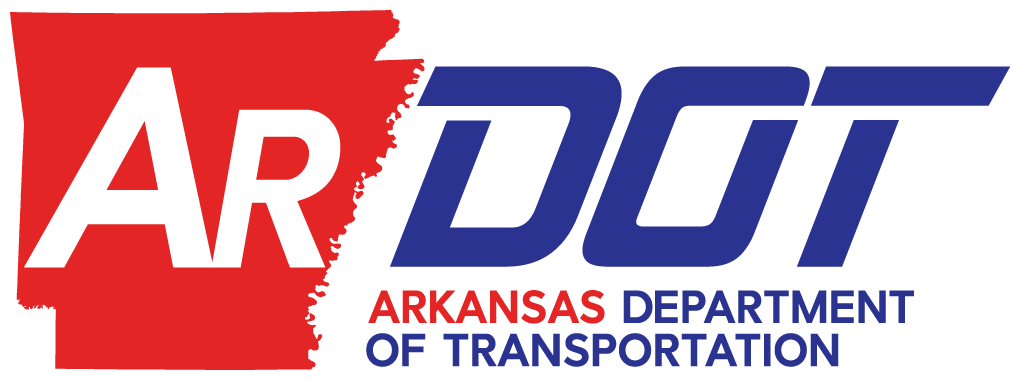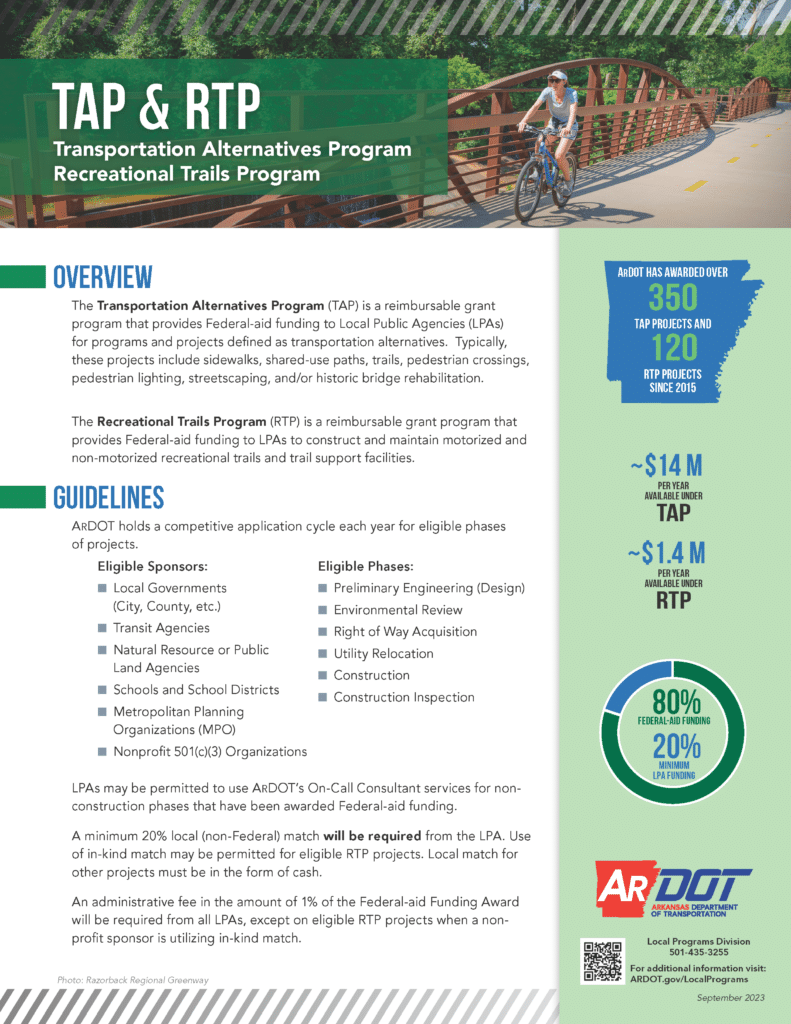Local Programs Division
Email: LocalPrograms@ardot.gov
Phone: (479) 360-7161
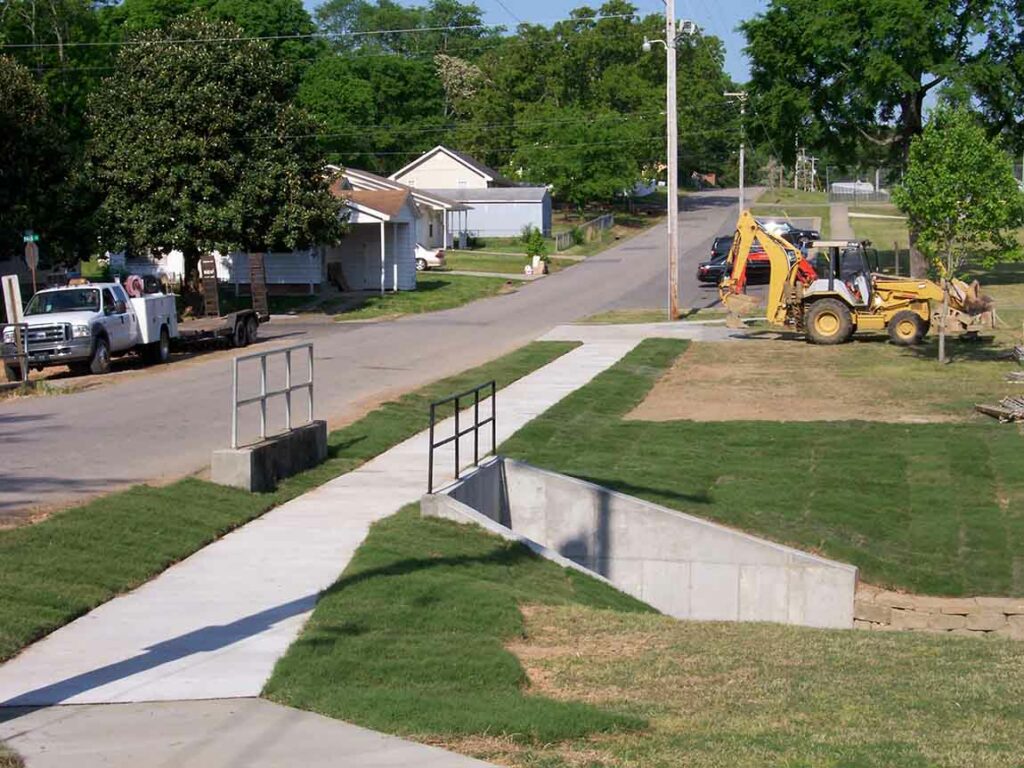
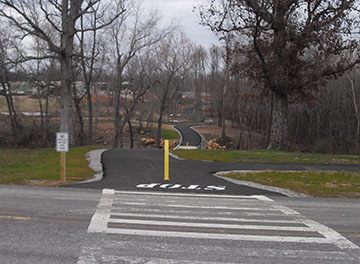
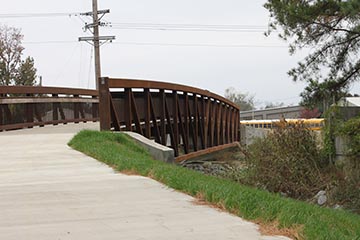
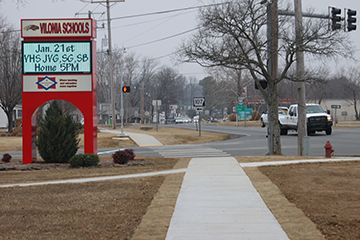

News and Upcoming Events:
The 2024 TAP application is now open!
Application deadline is Friday, May 31, 2024 at 4:00 p.m.
2024 Project Cost Estimate Sheet
2024 Application
Please use the link below to fill out the application. If you are applying for more than one project you will need to fill out a new application each time.
2024 Project Cost Estimate Sheet
The 2024 TAP application cycle will close Friday, May 31, 2024 at 4:00 p.m. CST.
Guidance Links
Program Information
The TAP and RTP were reauthorized under the current Federal transportation bill, the Infrastructure Investment and Jobs Act (IIJA). These programs were previously authorized under the Fixing America’s Surface Transportation (FAST) Act. These set-aside funds include all projects and activities that were previously eligible under TAP, encompassing a variety of smaller-scale transportation projects such as pedestrian and bicycle facilities, recreational trails, safe routes to school projects, community improvements such as historic preservation and vegetation management, and environmental mitigation related to stormwater and habitat connectivity.
Project sponsors apply for TAP and RTP program funds through a competitive process with the applications being reviewed by the TAP Advisory Committee (TAPAC) and the Arkansas Recreational Trails Program Advisory Committee (ARTAC) respectively.
If an applicant feels that their project is qualified under both programs, they may apply to both the TAP and RTP in the same application cycle. However, if chosen for funding, the project would only receive funding from either the TAP or the RTP, not both.
Program Funding
The Transportation Alternatives Program (TAP) is a reimbursement-type grant program. The program provides for an 80 percent federal share with a 20 percent match required from the eligible sponsor. Use of in-kind match will be permitted for RTP projects as well as TAP projects that are RTP eligible. Local match for other TAP projects must be in the form of cash.
Plans which include the design of structural components, such as pedestrian bridges, tunnels, or scenic overlooks, must be stamped by a Registered Professional Engineer. Plans which include the design of only non-structural components, such as concrete sidewalks or paved trails, must be stamped by a Registered Professional Engineer. Plans which include the design of only non-infrastructure components will not require either.
Funding limitations are as follows:
- There will be no minimum requested funding amount on projects containing only non-infrastructure components.
- Projects containing infrastructure components will have a minimum requested funding amount of $20,000.
- All TAP and RTP projects will have a maximum requested funding amount of $500,000.
Eligible Projects
TAP funds may be used for the following:
- On-road and off-road trail facilities for pedestrians, bicyclists, and other non-motorized forms of transportation.
- Infrastructure-related projects and systems that will provide safe routes for non-drivers, including children, older adults, and individuals with disabilities.
- Conversion and use of abandoned railroad corridors for trails for pedestrians, bicyclists, or other non-motorized transportation users.
- Turnouts, overlooks, and viewing areas.
- Community improvement activities, such as streetscaping and historic bridge rehabilitation.
- Environmental mitigation activities, including pollution prevention and pollution abatement activities, and mitigation to address stormwater management related to highways or to reduce vehicle-caused wildlife mortality.
- Conversion of former Interstate System routes or other divided highways into boulevards.
- Safety Assessments for Vulnerable Road Users, which can be pedestrians, cyclists, wheelchair users, and scooter riders, who are at higher risk of injury in collisions with vehicles.
- Micromobility facilities and share programs. Micromobility refers to a range of small, lightweight vehicles operating at speeds typically below 15 mph and driven by single users. Devices include bicycles, e-bikes, electric scooters, and electric pedal assisted bicycles.
- Non-infrastructure Pedestrian/Trail Master Plans
- RTP and Safe Routes to School (SRTS) eligible activities.
Eligible Sponsors
Applications for funding will be accepted from the following:
[23 U.S.C. 133(h)(4)(B)]
- local governments, including city and county governments
- regional transportation authorities
- transit agencies
- natural resource or public land agencies
- school districts, local education agencies, or schools
- tribal governments
- Metropolitan planning organizations that serve an urbanized area with a population of 200,000 of fewer
- any other local or regional governmental entity with responsibility for or oversight of transportation or recreational trails
Nonprofit 501(c)(3) organizations will be able to apply as the official Sponsor only for RTP eligible projects under both programs. Nonprofits are also eligible to apply for non-RTP eligible projects provided that there is a partnership with an eligible government agency that is willing to act as the official Sponsor. Applications using this arrangement should clearly articulate the role and responsibilities of the respective parties in the application.
For TAP and RTP projects, any eligible sponsor that is within the state will be allowed to apply for funds.
Safe Routes to School
Safe Routes to School program funding has been incorporated into the TAP program. More information regarding Safe Routes to School eligible projects can be located through the following link.
Link to Safe Routes to School Information
Recreational Trails
The Recreational Trails program is funded through a portion of TAP funds set aside specifically for recreational trails. [23 USC 213(f)-(g)] More information regarding Recreational Trails program funds and eligible projects can be located through the following link.
Link to Recreational Trails Information
